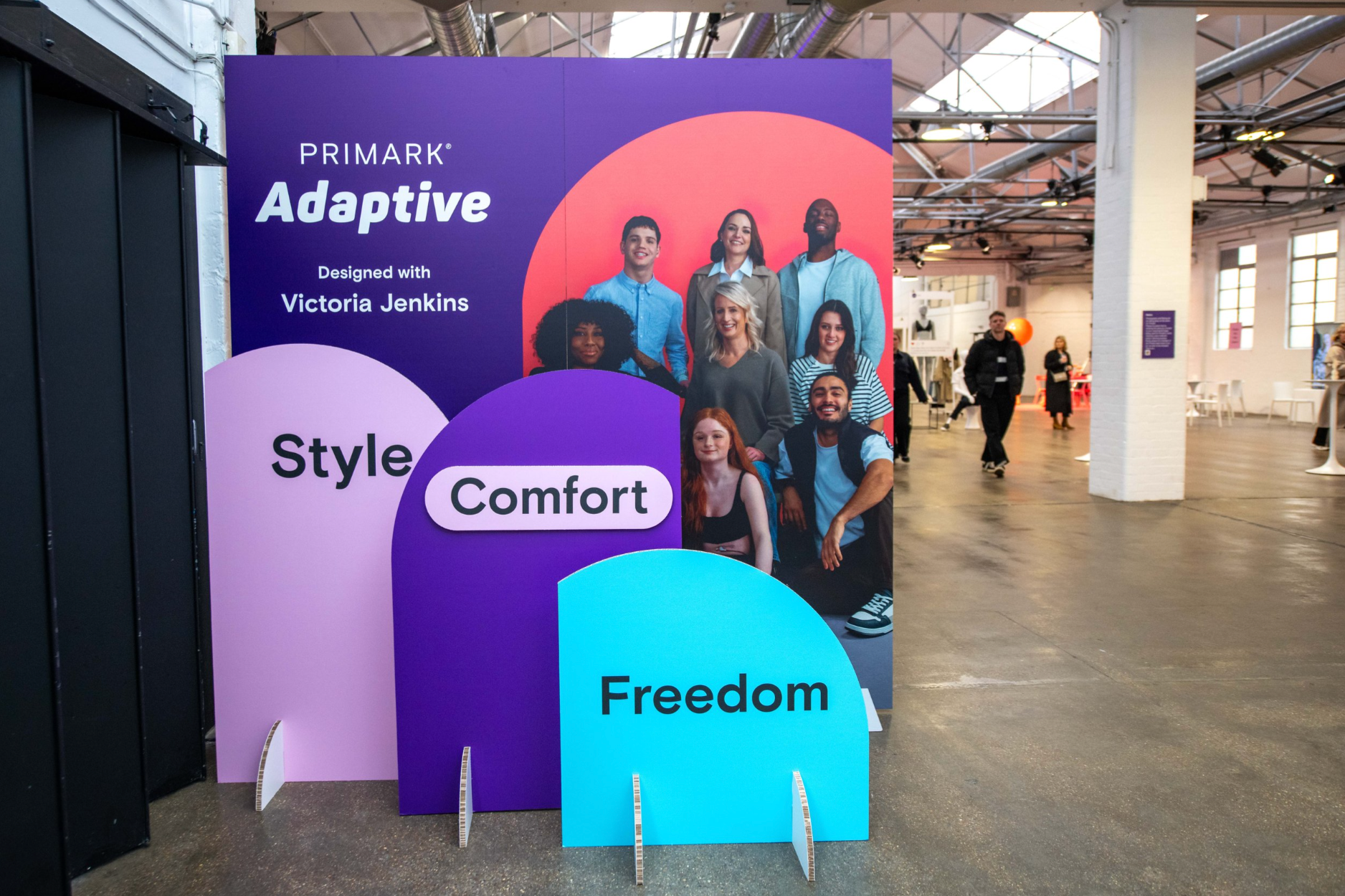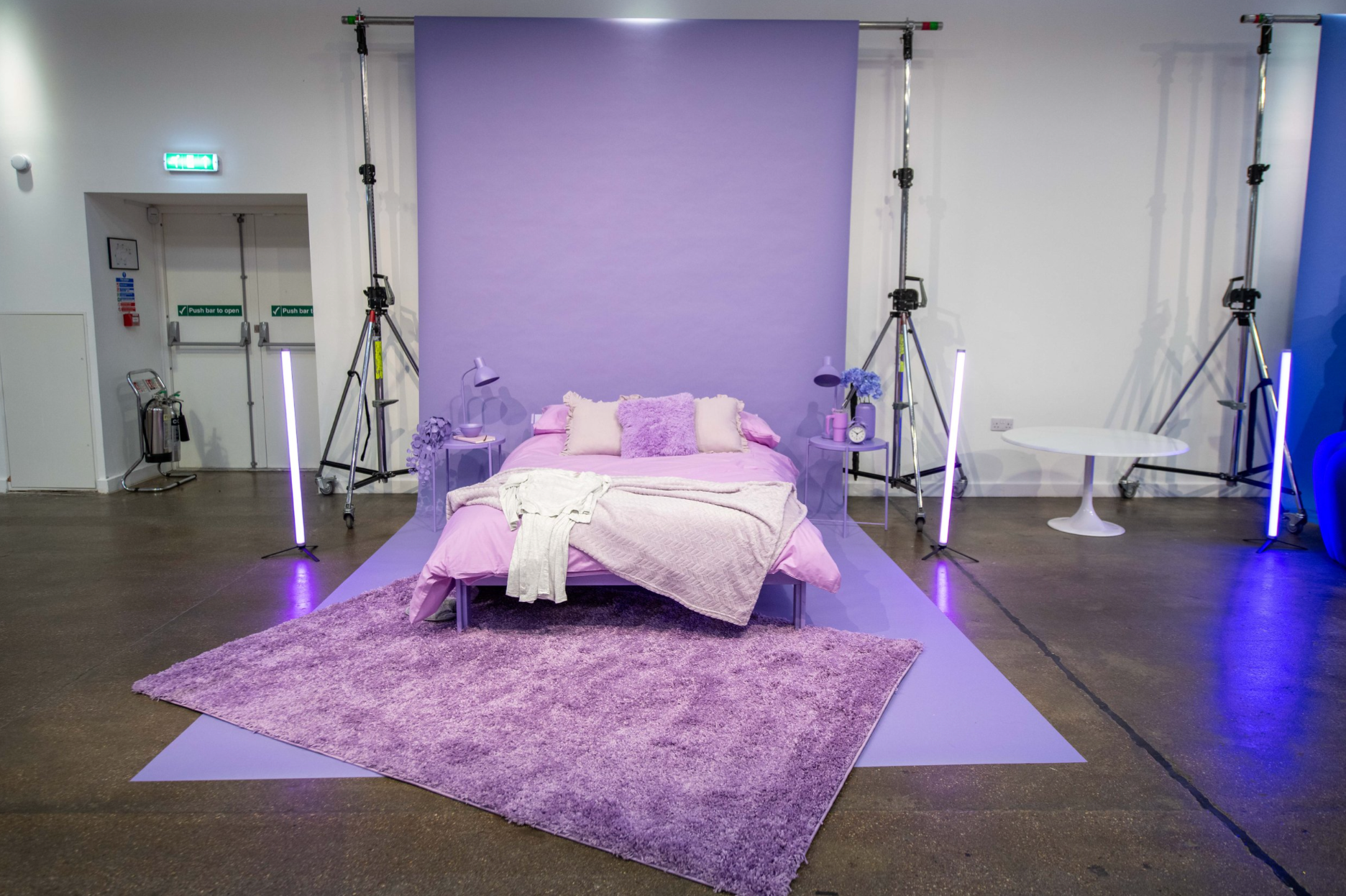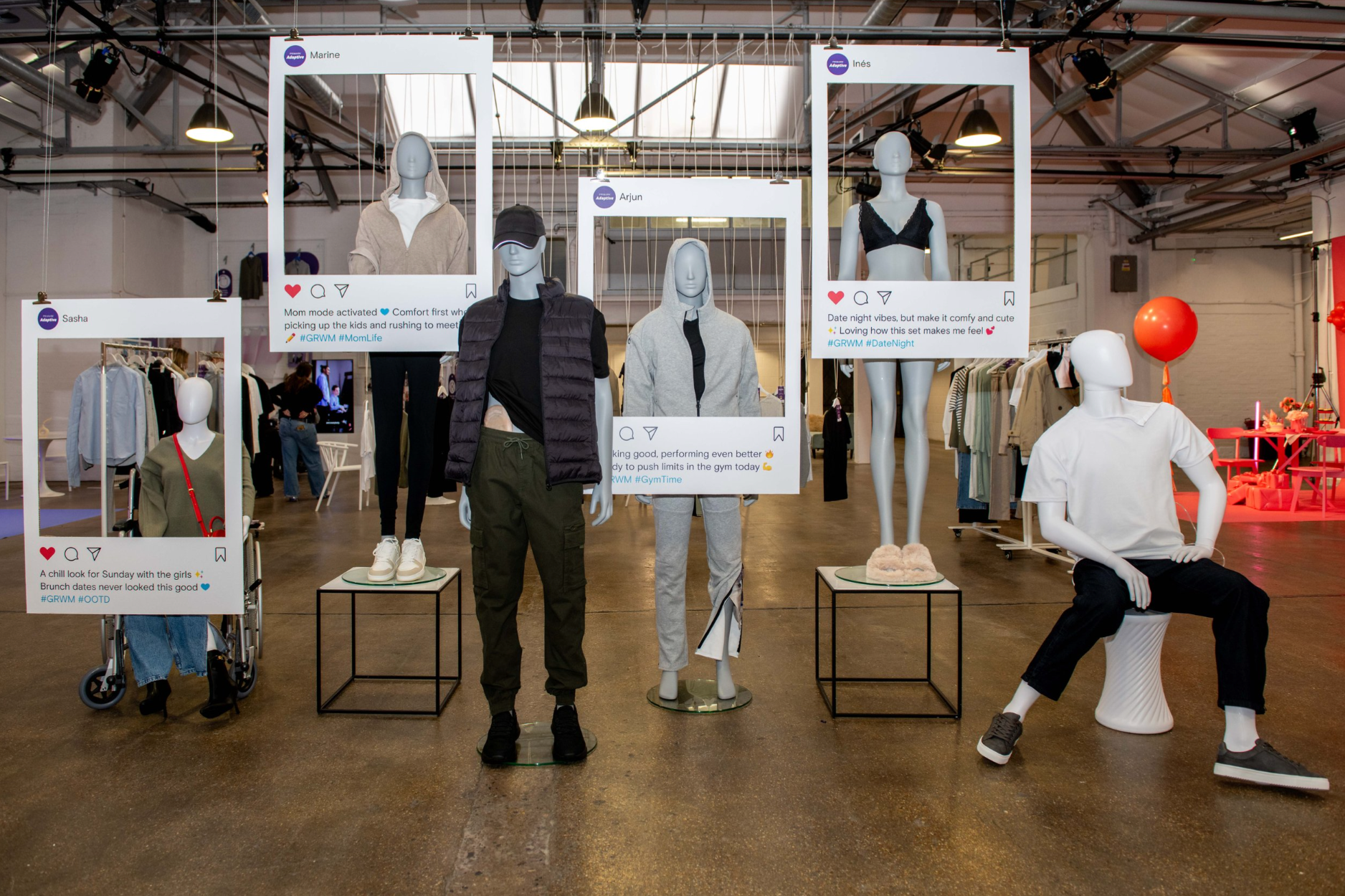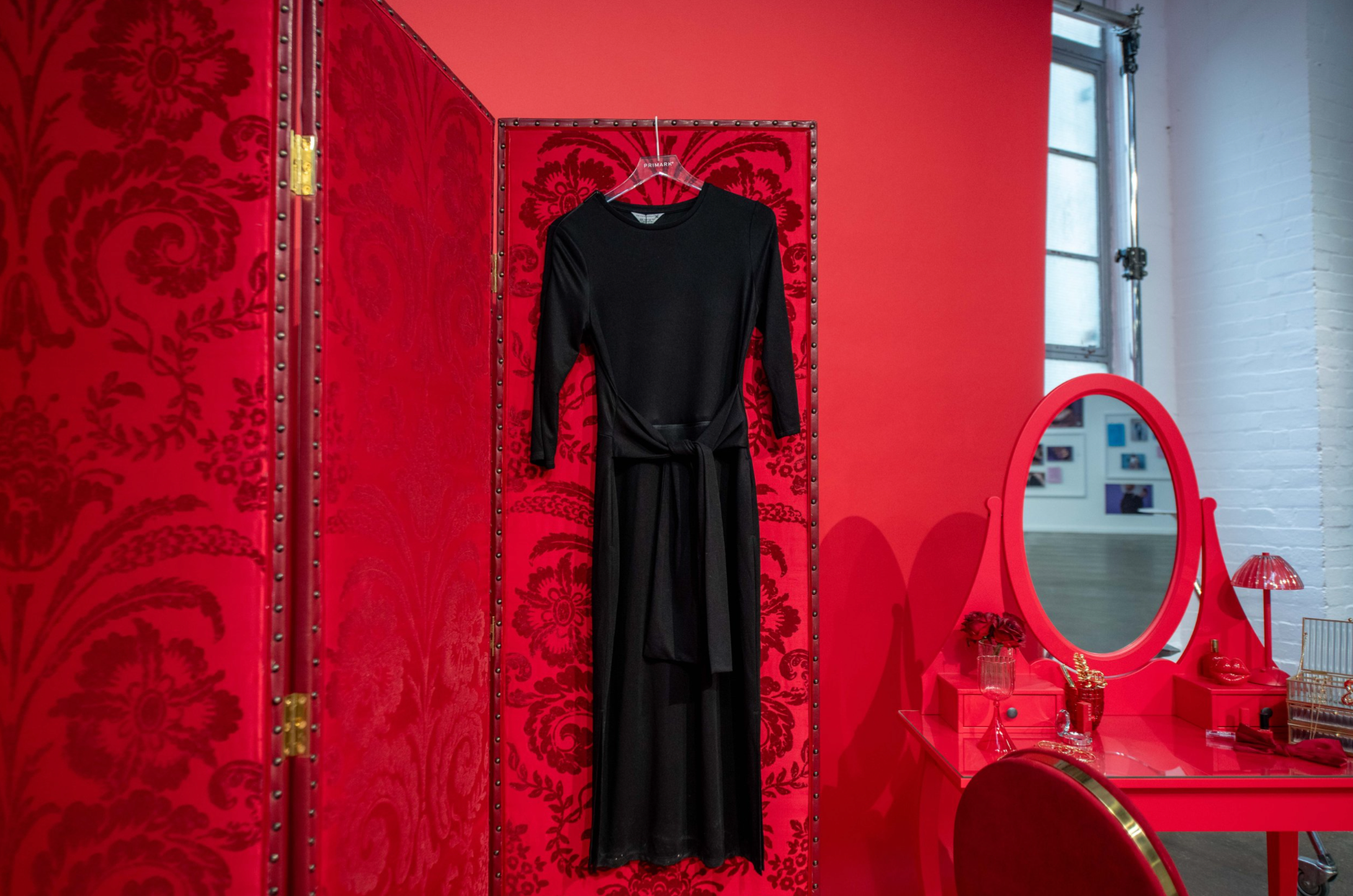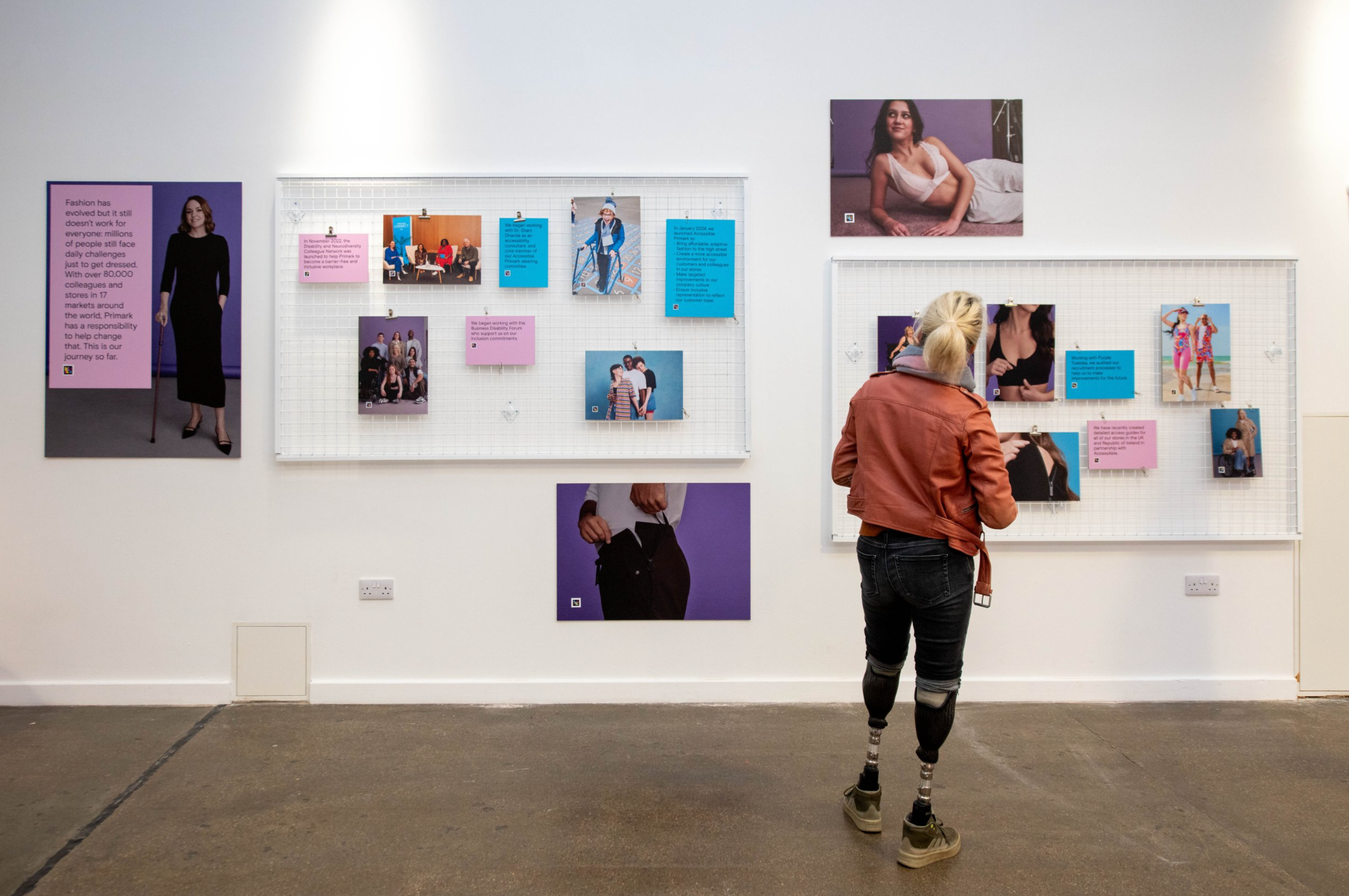Campaign strategy and concept development
Problem:
Disabled people are often excluded from fashion—both in representation and in product options. Adaptive clothing barely exists on the high street.
Disabled people are often excluded from fashion—both in representation and in product options. Adaptive clothing barely exists on the high street.
Insight:
There are more clothes made for dogs than for disabled people.
Assumptions that disabled people can’t work, find romance, have sex and children, or live independently, are assumed prejudices which limit the perception of disabled lifestyles and the perceived necessity for adaptive clothing.
There are more clothes made for dogs than for disabled people.
Assumptions that disabled people can’t work, find romance, have sex and children, or live independently, are assumed prejudices which limit the perception of disabled lifestyles and the perceived necessity for adaptive clothing.
Solution:
Radical Normality is my strategy which repositioned Primark Adaptive as a liberating and stylish choice. The campaign celebrated everyday disabled bodies and lived experiences, unashamedly bringing attention towards them. Spanning shoots and event activations that made fashion more inclusive, accessible, and joyful, Radical Normality was designed to shock. Showing how what’s regular to some can be a surprise to others. A statement which shouldn’t be a statement.
Radical Normality is my strategy which repositioned Primark Adaptive as a liberating and stylish choice. The campaign celebrated everyday disabled bodies and lived experiences, unashamedly bringing attention towards them. Spanning shoots and event activations that made fashion more inclusive, accessible, and joyful, Radical Normality was designed to shock. Showing how what’s regular to some can be a surprise to others. A statement which shouldn’t be a statement.
